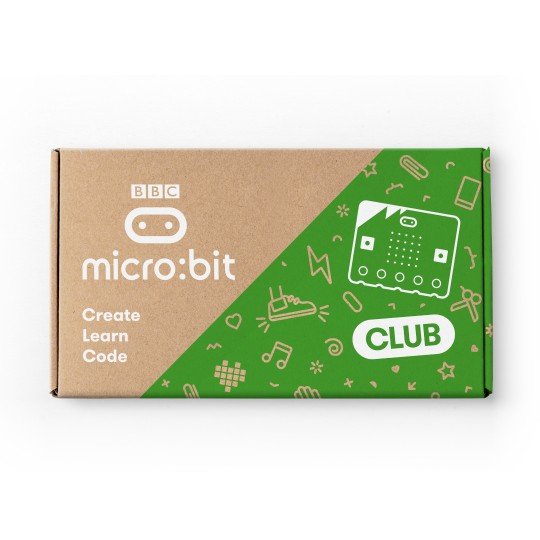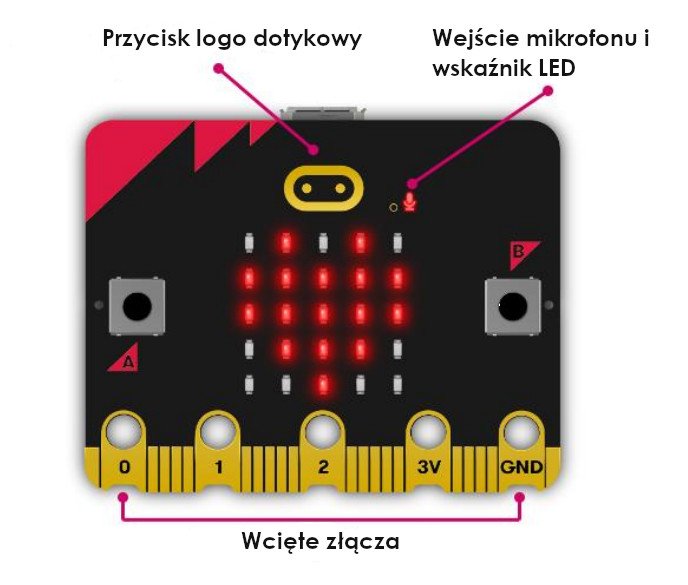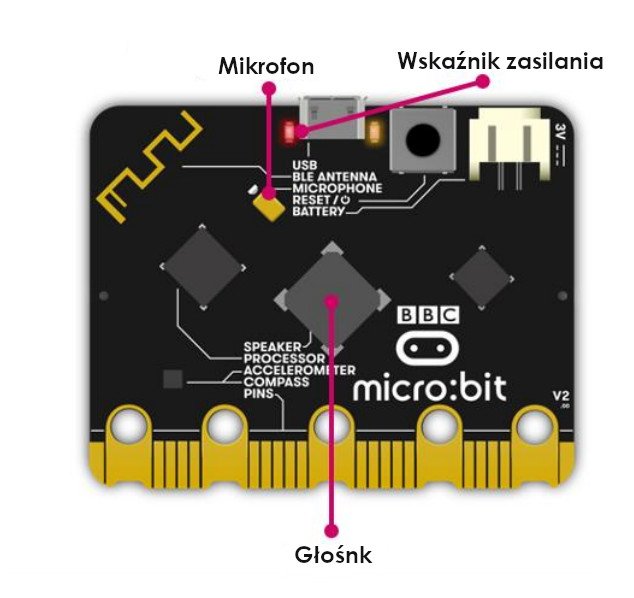Product description: BBC micro:bit 2 Club package - 10x educational set
Educationalmicro:bit 2module based onnRF52833with ARM Cortex-M4 core with built-in microphone, speaker, touch button, accelerometer, magnetometer, Bluetooth, 5x5 LED display, Tact Switch buttons. The set includes10 pieces: micro:bit 2 tiles, battery baskets, cables and 20 pieces of AAA batteries.
| The package includes 10 micro:bit 2 tiles, 10 battery baskets, 10 USB cables and 20 AAA batteries. |
The BBC micro:bit 2 can be powered via the microUSB connector, with batteries or via a dedicated connector. It has 25 GPIO pins, including 5 holes forbanana wires. The set consists of 10 pieces of necessary accessories to start working with the module. In addition to the micro:bit 2 tiles, there are: battery baskets, microUSB cables and 20 AAA batteries, as well as instructions for use.
Front of the BBC micro:bit 2 PCB.
New to the previous version.
Changes from the previous version
- Logo touch button
- Built-in MEMS microphone
- Power and microphone activity LED indicator
- Built-in speaker
- A notch was used in a 20-pin connector on the edge of the PCB
Back of the BBC micro:bit 2.
New to the previous version.
Programming the BBC micro:bit 2
Educational micro:bit 2 is designed to teach children programming in an accessible way. The module can be programmed ina web environment,micro:bit editororMu editor. To upload a prepared script to the board, connect micro:bit 2 to the computer via USB and transfer it to the micro:bit folder. The tile in the computer is visible as a flash drive.
The module can also be programmed wirelessly using Bluetooth communication and a mobile application for Android and iOS devices, thus providing greater possibilities of integration with the BBC platform micro:bit 2.
BBC micro:bit 2 specification
- System: nRF52833
- Flash memory: 512 kB
- RAM memory: 128 kB
- Microphone: MEMS with activity LED
- Loudspeaker
- Touch logo: touch button
- Edge connector: 20-pin, 4 GPIO, PWM, I2C, SPI, external power supply
- 5 eyelets
- Communication: 2.4 GHz / Bluetooth 5.0
- Power supply: 5 V - microUSB / 3 V - edge connector or batteries. Power LED indicator, off button (press and hold)
- Current efficiency of the pins: 200 mA
- Motion sensor: ST LSM303
- Dimensions: 50 x 40 mm
The BBC micro:bit Go kit contains
| L.p. | Photo | Name | Number |
|---|---|---|---|
| 1. | 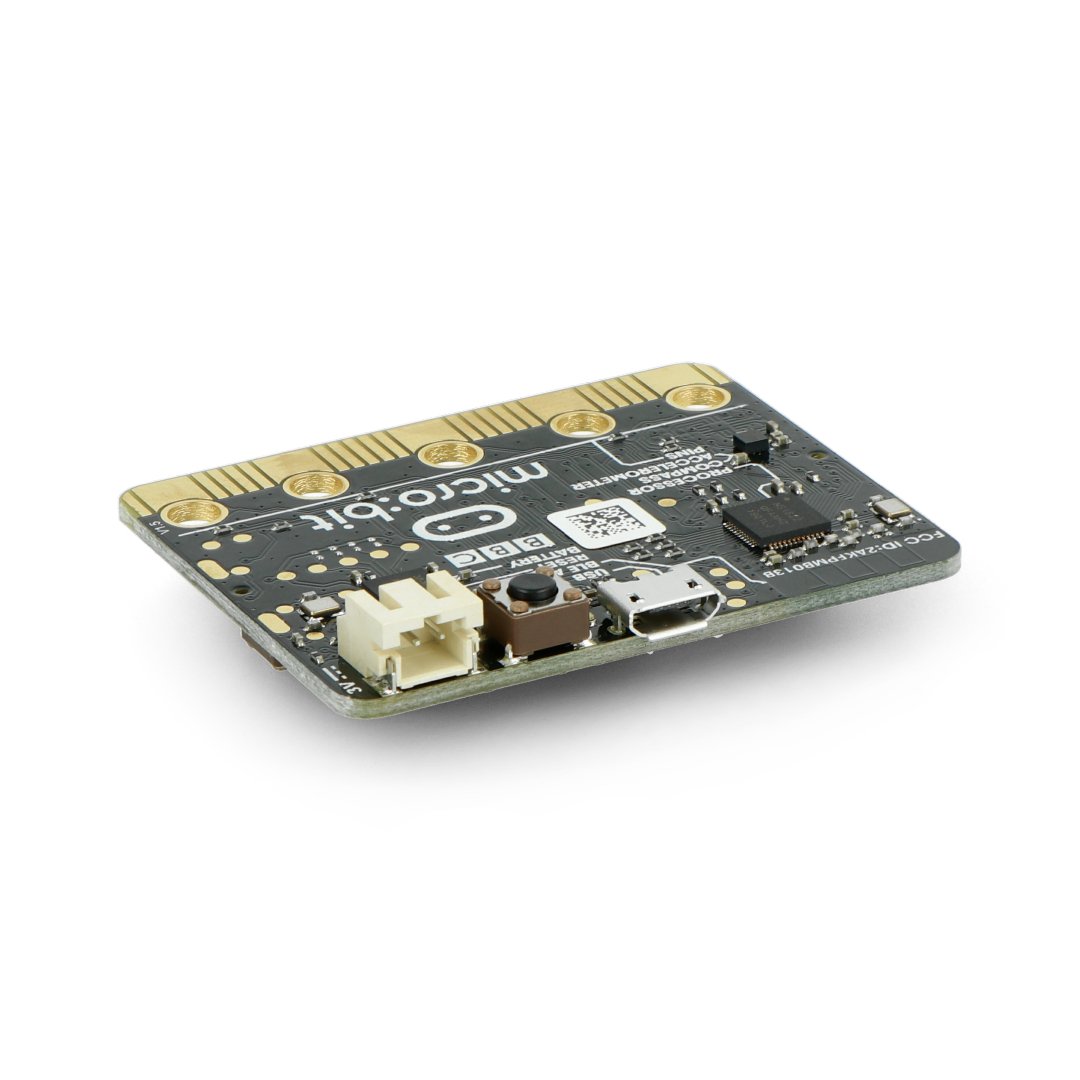 |
The BBC's micro:bit 2 minicomputer, designed to introduce the youngest users toelectronics and programmingissues. The module is basedon nRF52833 chip withARM Cortex M4core. |
10pcs. |
| 2. | 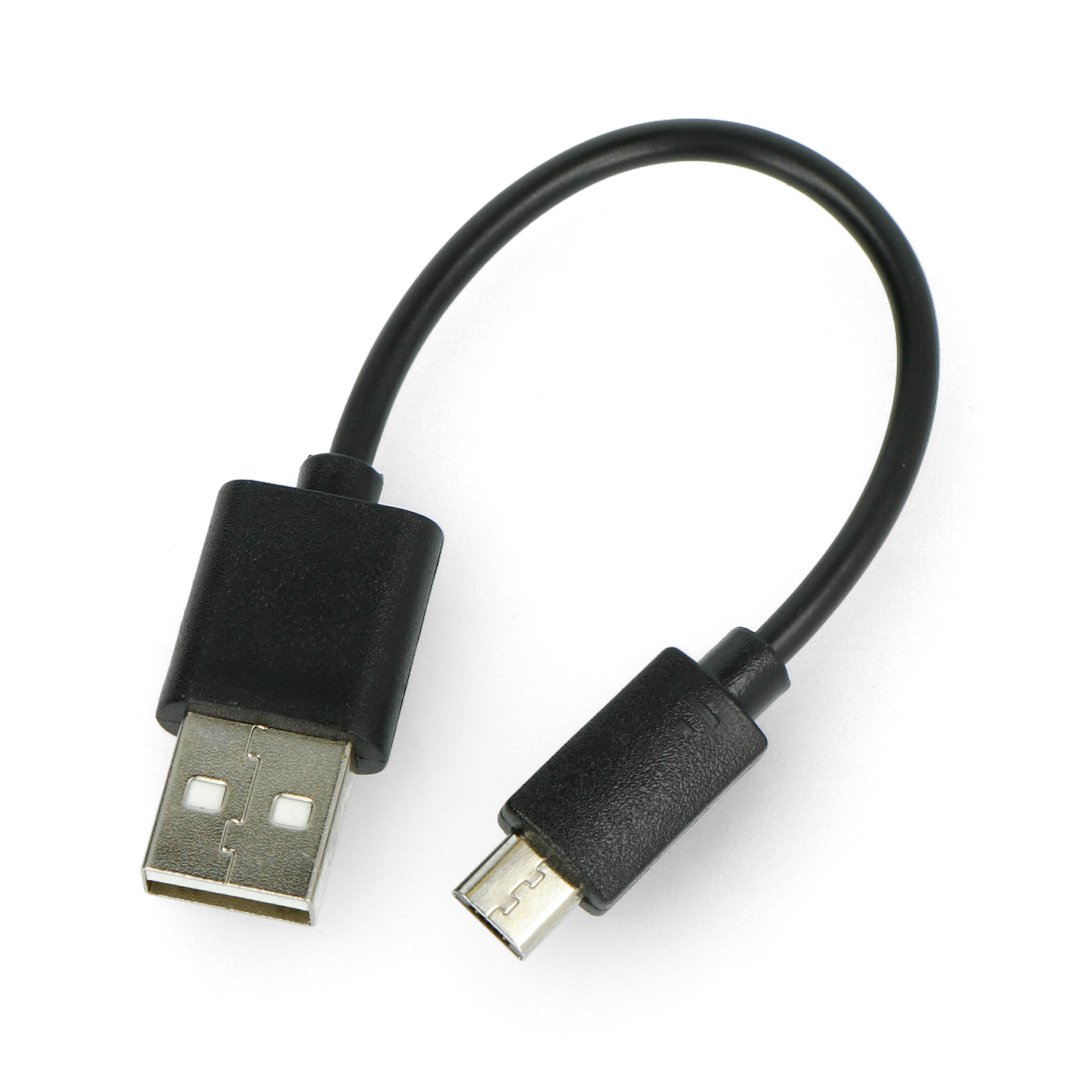 |
USB cable type A - microUSB, allowing the module to communicate with a personal computer from which it will be programmed. The USB cable can also be used to power the board. |
10pcs. |
| 3. | 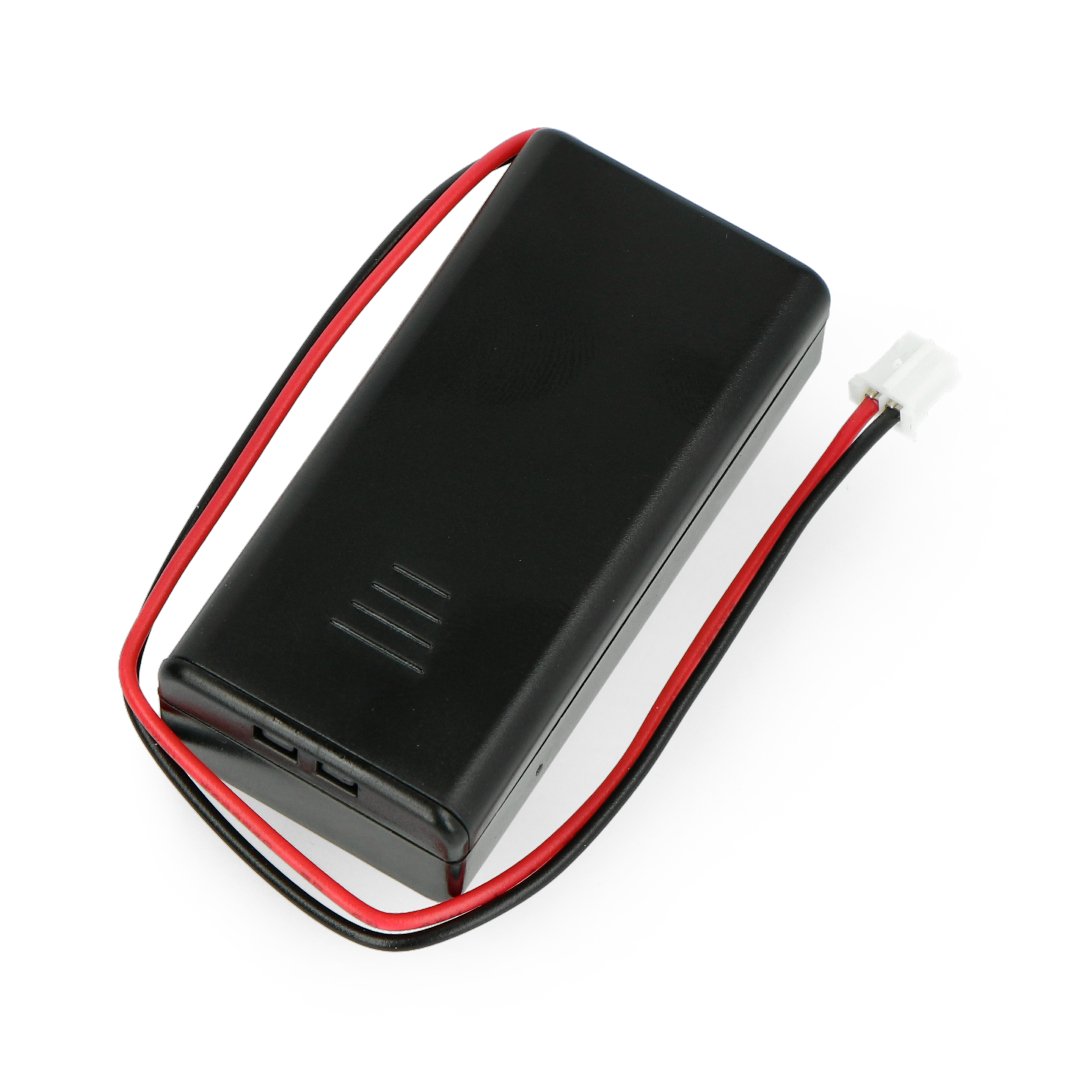 |
Box for 2 AAA batterieswith a wire and connector compatible with a micro:bit board. This is another way to power the board, battery power provides mobility of the project... | 10pcs. |
| 4. | 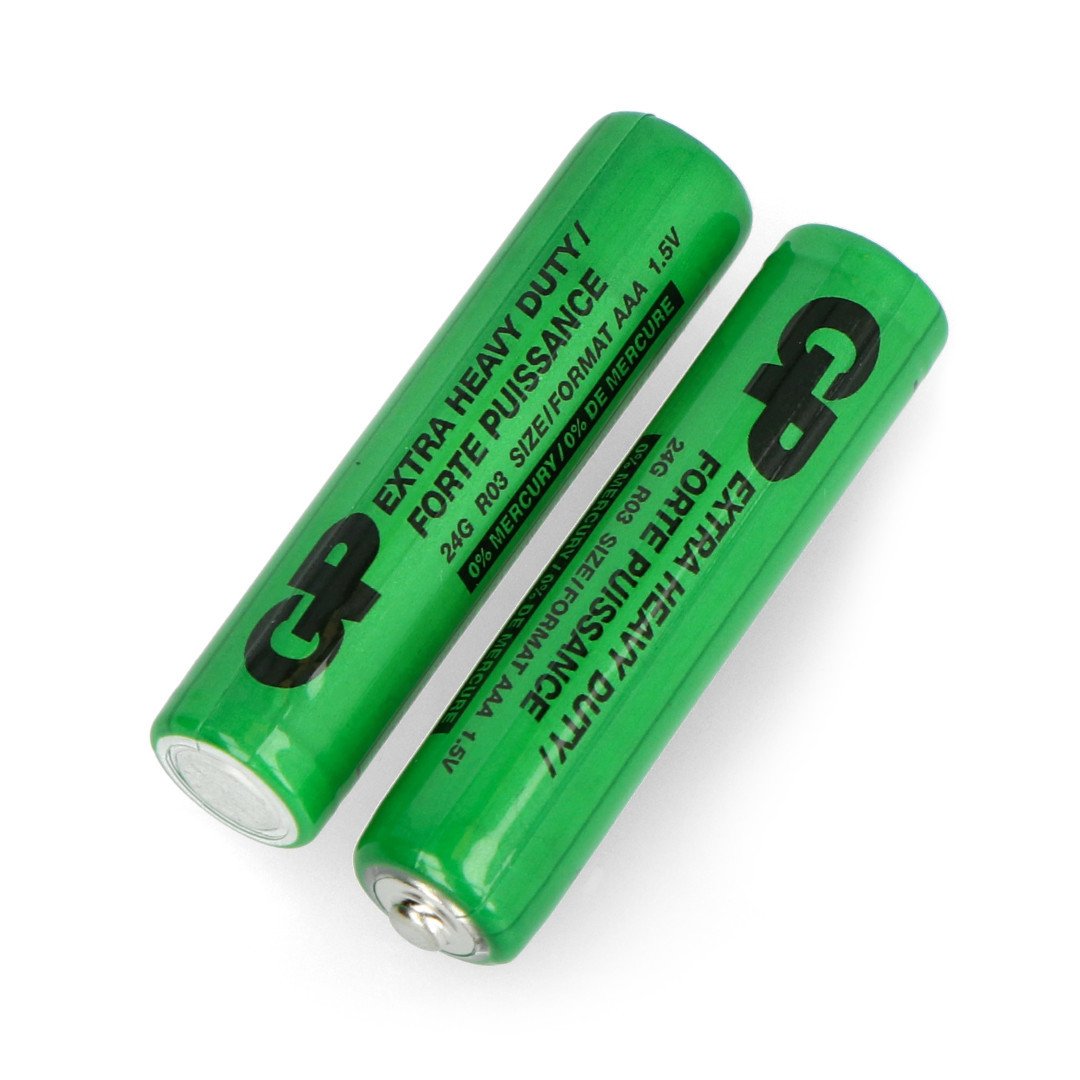 |
Battery AAAwith a voltage of 1.5 V, to be powered by a battery basket. | 20pcs. |
Useful links |
